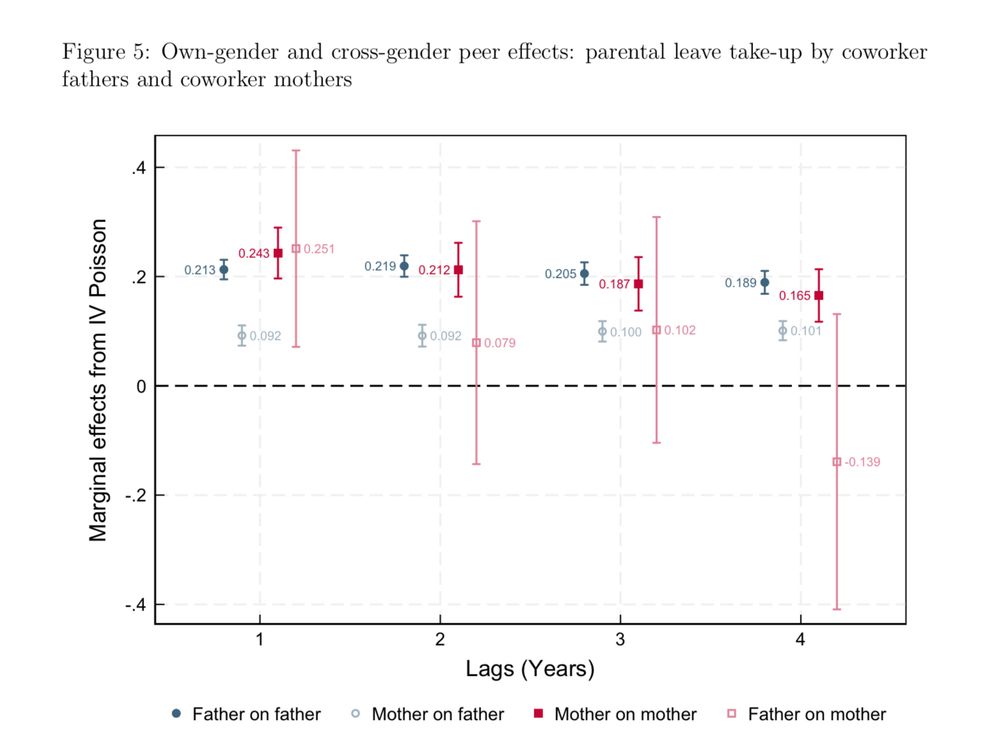Salvatore Lattanzio
@salvatorelattanzio.bsky.social
520 followers
220 following
31 posts
Economist at the Bank of Italy | PhD University of Cambridge | Research on labour, inequality and gender | Personal views only
Posts
Media
Videos
Starter Packs
Reposted by Salvatore Lattanzio
Reposted by Salvatore Lattanzio
Reposted by Salvatore Lattanzio
Reposted by Salvatore Lattanzio
Reposted by Salvatore Lattanzio





















